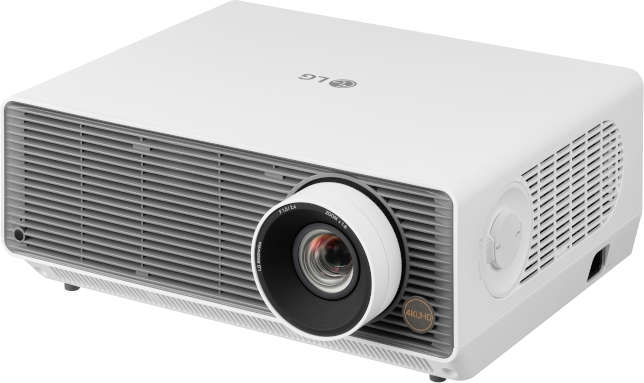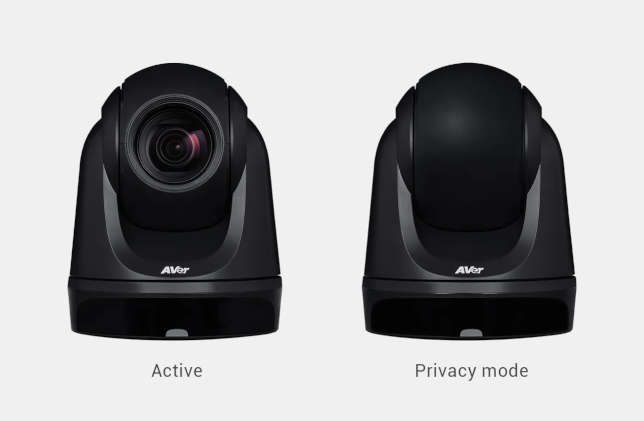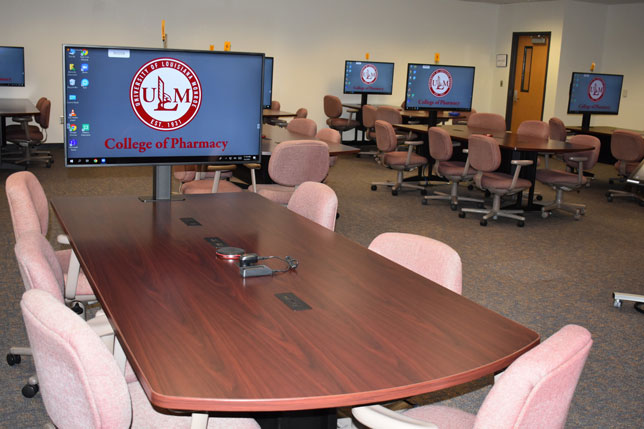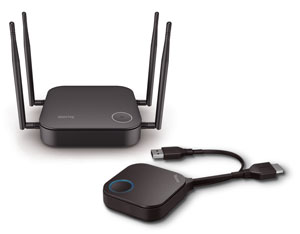Epson has introduced eight new models in its PowerLite lineup of laser projectors. The new models are designed for classrooms, larger meeting spaces and signage applications.
LG Business Solutions has introduced a new series of interactive classroom displays, the TR3DJ series, available in sizes up to 86 inches.
AVer Information Inc. USA has expanded its line of artificial intelligence tracking cameras with a new model boasting 30X optical zoom and multiple tracking modes.
To accommodate the hybrid model of remote and in-person teaching and learning, William & Mary's Raymond A. Mason School of Business has rolled out virtual classroom technology in three learning spaces on campus.

LG Business Solutions USA has shipped two new projectors in its education line, both designed for medium to large spaces.

Audiovisual technology manufacturer Aver Information USA has launched a new camera for education that uses AI to “seamlessly track” instructors as they move around the classroom.
Hall Technologies has introduced HIVE Cloud Control, a new platform for managing AV assets, including legacy hardware and IP-enabled and wireless devices. Under one subscription an institution can control any number of rooms and AV devices.

A new active learning classroom at University of Louisiana Monroe's College of Pharmacy is designed for one-on-one interaction in class as well as participation from remote students.
Owl Labs has introduced a new suite of features for its Meeting Owl solution, designed to bring more immersive remote and hybrid capabilities to the flagship 360-degree camera, mic and speaker hardware product.

BenQ, maker of visual display and collaboration solutions, has introduced a new wireless presentation system designed for the education market.